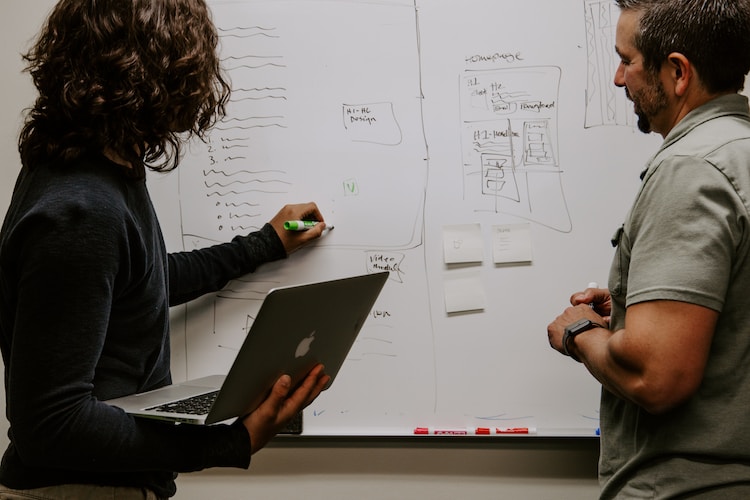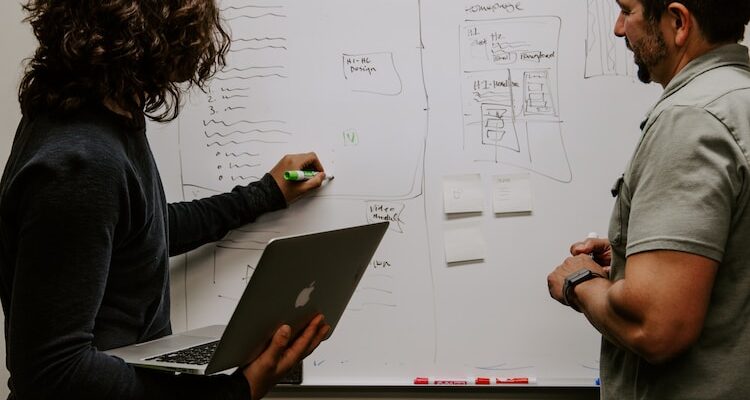
Student engagement and participation are crucial elements of an effective learning environment. Engaged students are more motivated, attentive, and invested in their learning journey. They actively participate in class activities, ask questions, and collaborate with their peers. As educators, it is essential to implement strategies that foster student engagement and encourage active participation. In this article, we will explore 20 strategies that can enhance student engagement and participation, creating a dynamic and interactive learning experience.

1. Create a Positive Classroom Environment
A positive classroom environment sets the foundation for student engagement. Establish a supportive and inclusive atmosphere where students feel safe to express their opinions, ask questions, and share their ideas.
2. Use Active Learning Techniques
Incorporate active learning techniques that encourage students to participate actively in the learning process. Use group discussions, problem-solving activities, hands-on experiments, and role-playing exercises to promote engagement and critical thinking.
3. Set Clear Learning Objectives
Clearly communicate learning objectives and outcomes to students. When students understand what they are expected to achieve, they become more focused and engaged in the learning activities.
4. Incorporate Technology
Integrate technology into the classroom to enhance student engagement. Use interactive whiteboards, educational apps, online platforms, and multimedia resources to make learning more interactive and appealing to students.
5. Provide Opportunities for Student Choice
Allow students to have a say in their learning process by providing choices. Offer options for assignments, projects, or topics of study, allowing students to pursue their interests and take ownership of their learning.
6. Use Real-World Examples and Applications
Connect classroom learning to real-world scenarios to make it more relevant and engaging for students. Show them how the concepts they learn can be applied in practical situations, sparking their interest and curiosity.
7. Encourage Collaborative Learning
Promote collaboration among students by incorporating group activities, projects, and discussions. Collaborative learning encourages active participation, improves communication skills, and fosters a sense of community within the classroom.
8. Implement Formative Assessments
Use formative assessments throughout the learning process to gauge students’ understanding and provide timely feedback. Regular feedback helps students stay on track, identify areas for improvement, and actively engage with the material.
9. Incorporate Different Learning Styles
Recognize that students have diverse learning styles and preferences. Provide a variety of instructional approaches, such as visual aids, auditory explanations, and kinesthetic activities, to cater to different learning modalities.
10. Use Multimedia Resources
Integrate multimedia resources, such as videos, images, and interactive presentations, to capture students’ attention and stimulate their interest. Visual and auditory elements can make complex concepts more accessible and engaging.
11. Encourage Questioning and Critical Thinking
Promote a culture of inquiry by encouraging students to ask questions and think critically. Create a safe and non-judgmental space where students feel comfortable expressing their thoughts and challenging ideas.
12. Incorporate Reflection Activities
Include reflection activities in the learning process to encourage metacognition and self-assessment. Give students opportunities to reflect on their learning, set goals, and evaluate their progress.
13. Provide Regular Opportunities for Feedback
Offer regular opportunities for students to provide feedback on their learning experience. Gather their insights and suggestions on classroom activities, teaching methods, and materials, allowing them to have a voice in their education.
14. Connect Learning to Students’ Interests and Backgrounds
Relate the content to students’ interests, experiences, and cultural backgrounds. Make learning meaningful and relatable, increasing student engagement and creating a sense of relevance and connection.
15. Use Storytelling and Narrative Techniques
Incorporate storytelling and narrative techniques to captivate students’ attention and make learning more engaging. Use anecdotes, real-life examples, and storytelling approaches to present information in a compelling and memorable way.
16. Gamify Learning Experiences
Introduce elements of gamification in the classroom to make learning more enjoyable and engaging. Use game-based activities, quizzes, rewards, and challenges to motivate students and create a sense of excitement around learning.
17. Foster a Growth Mindset
Encourage a growth mindset among students by emphasizing the importance of effort, perseverance, and resilience. Teach them that intelligence and abilities can be developed through hard work and dedication, fostering a positive attitude towards learning.
18. Incorporate Peer Teaching and Mentoring
Promote peer teaching and mentoring opportunities, where students can learn from and support one another. Peer teaching reinforces understanding, builds communication skills, and encourages active engagement.
19. Celebrate Achievements and Progress
Recognize and celebrate students’ achievements and progress to foster a positive learning environment. Highlight their successes, effort, and improvement, boosting their confidence and motivation to continue actively participating in the learning process.
20. Develop Relationships and Rapport
Build strong relationships with your students based on trust, respect, and empathy. Show genuine interest in their well-being and academic success, creating a supportive and caring learning environment.
Conclusion
Effective student engagement and participation are vital for creating a dynamic and effective learning environment. By implementing these 20 strategies, educators can foster a culture of active learning, curiosity, and collaboration. Remember, each student is unique, so it is essential to adapt these strategies to meet the specific needs and preferences of your students. Embrace these strategies, and empower your students to become active, enthusiastic participants in their own education, ultimately leading to improved learning outcomes and a lifelong love for learning.





